Camping Without a Tent: A Man’s Guide To a Night Under the Stars
Camping without a tent is intimidating. Every core survival skill we have ingrained in our DNA tells us that shelter is a critical component to living. It protects us from rain, wild animals, and general danger. But is there anything more manly than braving conditions that others refuse? Or pushing our limits to experience something new?
Okay, I’ll relax with the pioneering talk. We’re sleeping outdoors, not landing on the moon. But the truth is that, if done right, camping tentless can be safe and actually carries with it a lot of significant benefits. I also think it’s one of the things all men should do before they die. We’ll discuss what those are and how to go camping without a tent in this guide.
Note: This post may contain affiliate links. If you click on link and purchase an item, TGA will make a small commission.
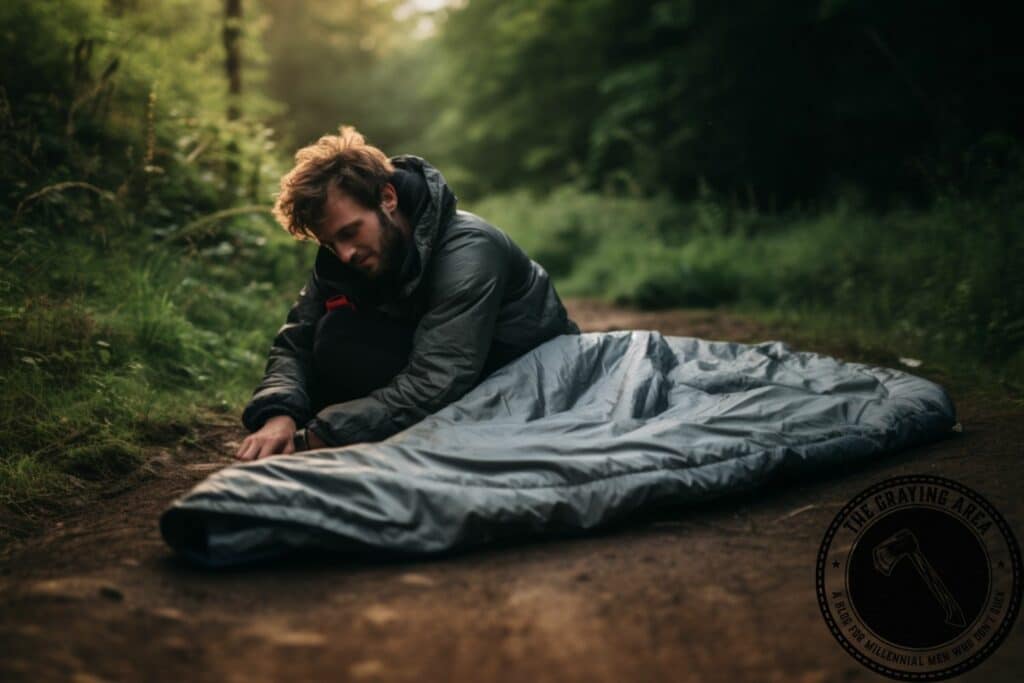
The Benefits of Camping Without a Tent
While it might seem like making “roughing it” even rougher, there are actually some benefits and practical reasons for sleeping under the stars. The following are some of the most common and largest benefits to heading out to camp without a tent dragging you down.
It Makes Camping Lightweight
Camping without a tent is a good way to keep your gear lightweight. Even a small tent can weigh 5 or 6 pounds, while a lighter tent will be really expensive. Rather than having that weight swaying back and forth in your backpack or having to spend a mint on a shelter you’ll use just once or twice a year, hit the trails without a tent.
It’s Easier to Set Up a Site
When I used to camp every weekend, the thing I hated the most was setting up the campsite. I just wanted to relax, go see the sites, and enjoy myself. If you’re just hitting the national park with a sleeping bag and a pad, you’re free to drop your stuff and explore. You don’t want to set your bag up too early anyway.
It Takes Less Time To Break Down
Does your site suck? Did it look good at night but now you realize you’re right next to a trail? Are the neighbors too loud to achieve the solace you were so desperately hunting for? Move! Just roll up your crap and hit the next trail. It takes like 5 minutes—a fraction of the time it takes for tent setup.
You’ll Feel Even More Connected To Nature
If you choose your spot correctly, you’ll get to enjoy nature in a way you never have before. Even if it’s just a thin, polyester tent, it separates you from the stars, the breeze, and the sounds of peepers in the distance. It also prevents the fireflies from lighting your night. If you’re kicking it cowboy-style on the ground, you’ll probably feel more connected to nature than you ever have before.


The Best Hand Tools List for Guys: 25 Must-Have Pieces
Being able to build something or repair the things that surround you every day is one of the greatest skills a guy can have. It’s a skill that is not only helpful but will also save you money. Instead of calling the repair guy, you can grab your toolbox and get to work. But you…
5 Ways To Camp Without a Tent
While there are likely many, many ways to camp tentless, the following are the most common (and easiest) methods for sleeping under the stars without a tent. Each of these tent alternatives method has its pros and cons, which we’ll outline, so be to weigh your options (or hell, try them all).
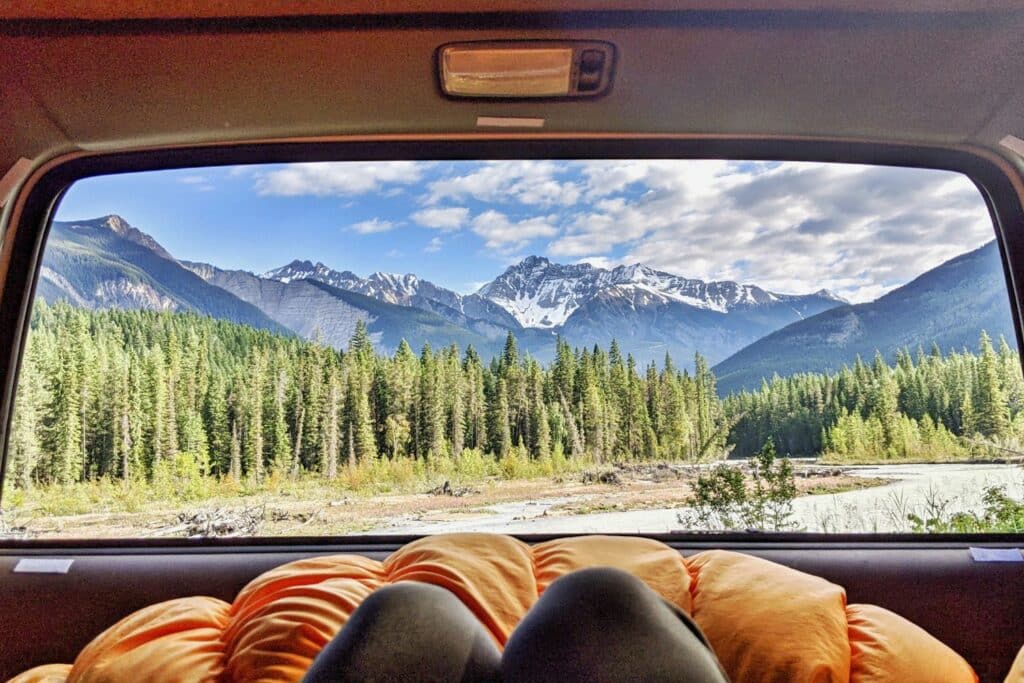
Sleeping In Your Car
The easiest way to get a good night’s sleep outside without a tent is sleeping in your car or truck. Car camping is easiest in an SUV or truck, but even a sedan with an air mattress designed specifically for a backseat (they make them) would work perfectly. They also make these air mattresses for SUV and truck beds. You can even try overlanding, for which we just so happen to have an in-depth guide.
And, if weather conditions take a turn for the worse, you have shelter, heat, and a way to get out of there.
The downside to car camping is you won’t feel as connected to nature. If that’s enough of a drawback, try one of the following methods.
Pros
- Very easy to set up: just roll in and park
- Emergency shelter available if the weather takes a turn
- Plenty of accessories available to make it more comfortable (ie. air mattresses for every type of car)
Cons
- You’ll feel less connected to nature
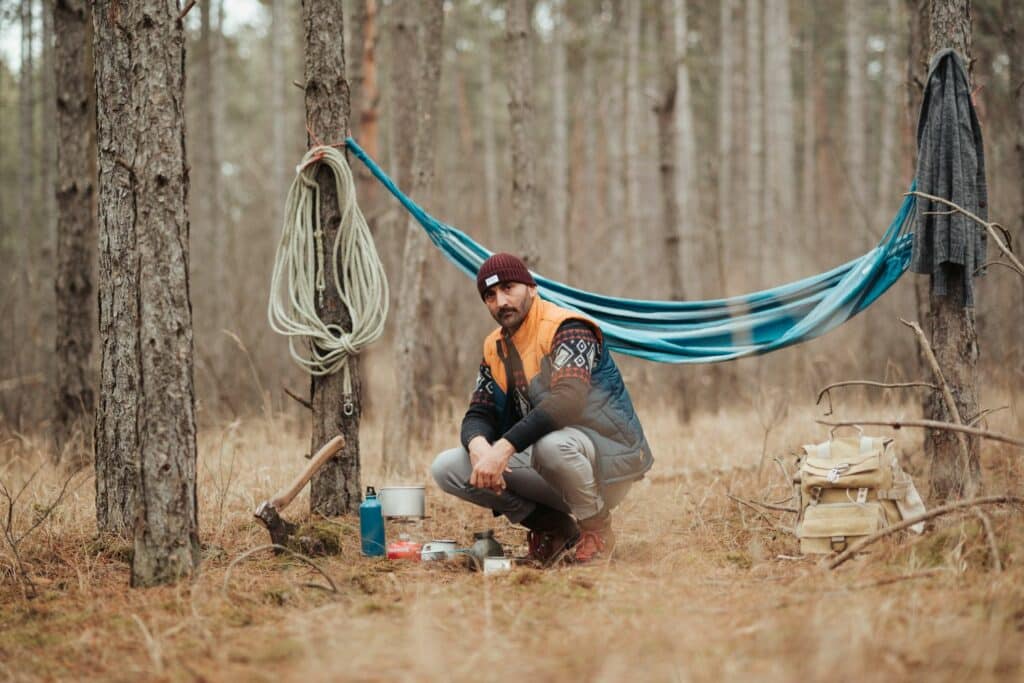
Hammock Camping
Hammock camping is another great option for tentless camping. Camping hammocks are strong and hang from two fixed objects (usually trees), so you can set up a campsite literally anywhere. They make sure you’re up off the ground and there are accessories like a built in bug net or rain fly to keep pesky insects and wet weather away (a rain fly essentially turn the hammock into a tent with open sides).
The downsides of hammock camping tent alternatives are legit, though. For one, they’re not the cheapest option. Also, when a sleeping bag is compressed against the sides and bottom of the hammock, the sleeping bag can no longer insulate, which means your butt and back will freeze on cold nights. They sell under-hammock quilts to help keep you warm, but that’s another added expense.
Note: Thanks to my friend Howard from toilandrecoil.com. He pointed out that you can use your sleeping pad inside the hammock to keep your butt warm. That’s great advice and solves one of the major drawbacks of hammock camping. Thanks, Howard!
Pros
- Can be set up anywhere there are two fixed objects
- They keep the camper up off of the ground
- There are accessories for keeping bugs out
Cons
- They can be expensive, especially with the accessories
- Be prepared for your butt and back to get cold
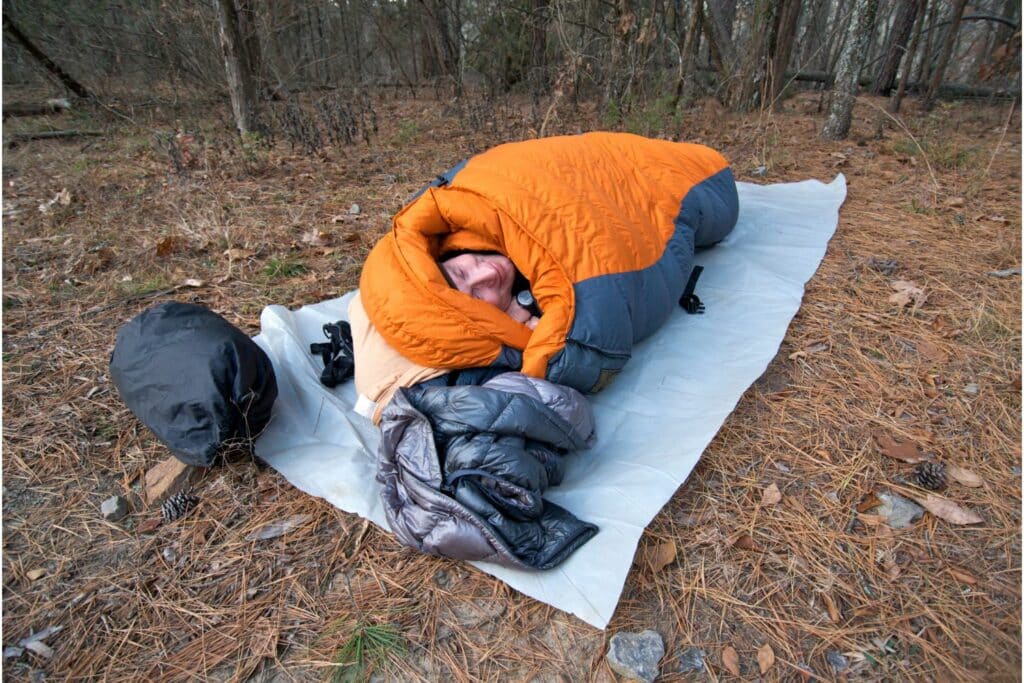
Tarp Camping
Tarp camping is a great way to keep it light, but it’s the first method we’re mentioning that will put you on the ground. The best way to tarp camp is usually to lay the tarp out on the ground and then sleep on top with sleeping bags. The ground tarp will help keep sleeping bags from ground moisture, but it doesn’t do a lot of comfort. The other method is to create a tarp shelter tent with a length of cord or rope and staking the tarp ends to the ground. This allows for a bit of flexibility.
Tarps are also inexpensive, so just having one in your pack may be worth it. And you’ll certainly feel connected to nature.
The downside to ground tarp camping is it’s not comfortable. It also doesn’t help with campsite pest control.
Pros
- Tarp camping is cheap and easy
- Provides the option to build a shelter if needed
- Keeps the sleeping bag from wicking up ground moisture
Cons
- Camping tarps don’t do anything to make a campsite more comfortable
- They don’t protect against insects, either.
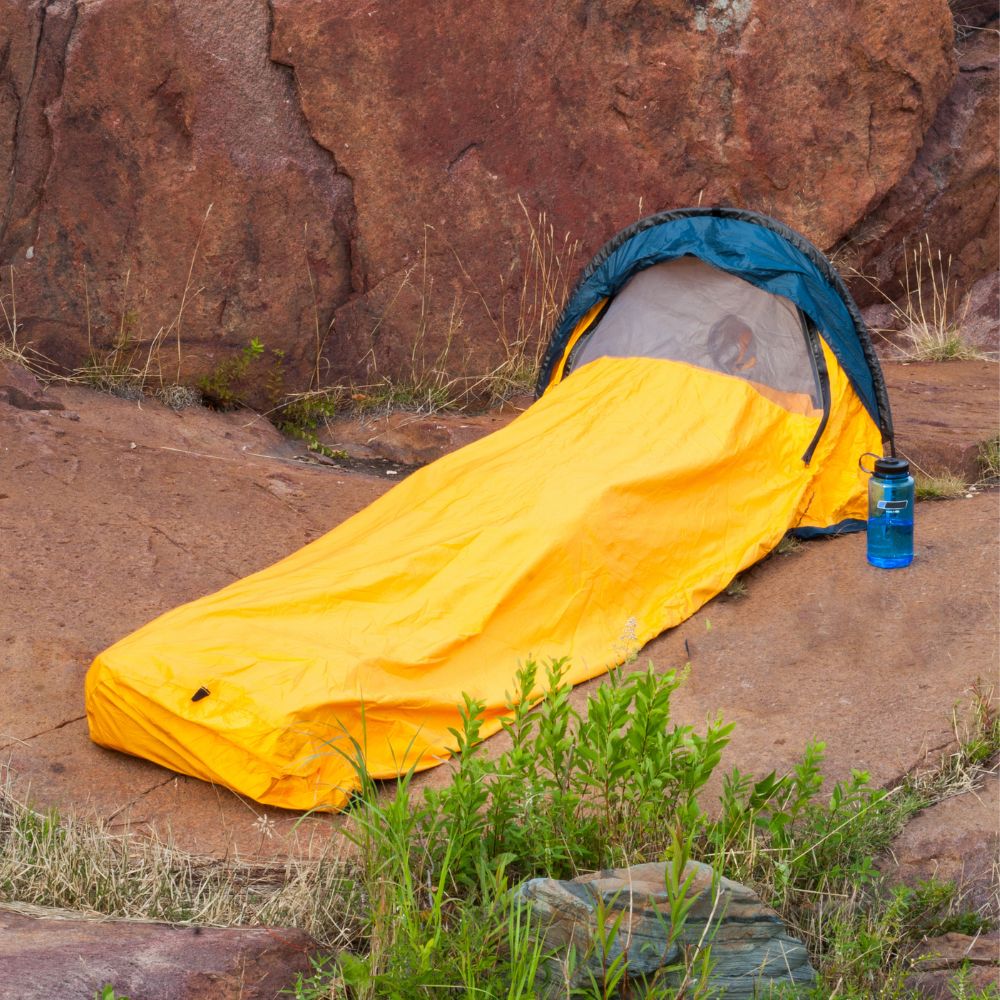
Bivy Camping
Bivy camping is a mix between cowboy camping and tent camping. A bivy bag, or bivouac, is essentially a tent for your sleeping bag. It’s very small: the sleeping bag fits inside, but there isn’t room to stand up or store bulky items.
But, a bivy sack will be waterproof and can help retain some heat. Some even provide protection against bugs. They’re also cheap, and could potentially be used without sleeping bags. They’re also very easy to set up and can even roll up with a sleeping bag inside them.
The cons are that they don’t improve comfort and they can get too warm on summer nights.
Pros
- They’re very affordable so you can save money on a tent
- They’re extremely easy to set up (just roll them out and roll them up)b
- Waterproof to keep the camper comfortable and dry
- Can be used without a sleeping bag if desired
Cons
- They don’t make the site any more comfortable
- They can get too warm on summer nights
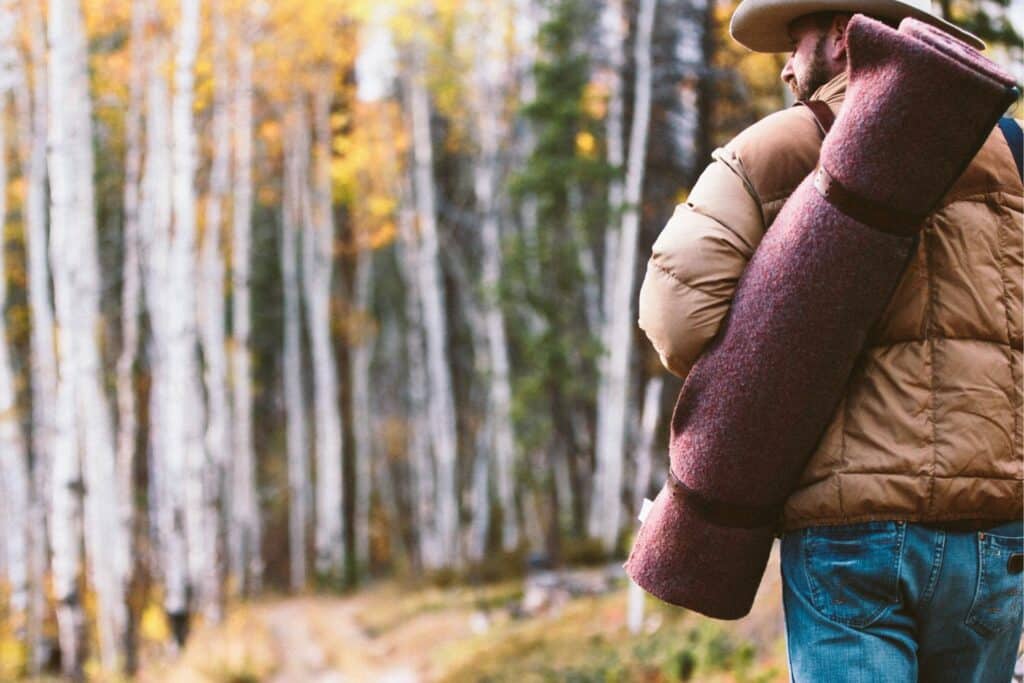
Cowboy Camping
Cowboy camping is the real deal. We’re talking about rolling out a sleeping pad, grabbing a wool blanket out of your pack, and using the same pack as a pillow. It’s about as rugged as it gets, and it’s aptly named for the tough men that used this method when driving cattle across the plains.
Cowboy camping is cheap. It’s also very easy, as it takes less than a minute to set up a bed, and less than a minute to break it all back down (just in case you go a late start moving to herd to market). It can also be comfortable, if you use a pad and a quality wool blanket. You’ll also be incredibly connected to nature, just like those old El Paso Salsa commercials.
The downsides to cowboy camping are that the only thing between you and nature is a wool blanket and a thin pad. You might have to worry about wildlife, but you’ll definitely have to worry about bugs.
Pros
- Incredibly rugged and connected way to camp
- Set up and take down take less than a minute each
- You’ll feel like a real man, even if you don’t have a herd of Holsteins to drive across the plains
Cons
- No protection against insects or wildlife
- Your comfort is determined by the quality of your camping pad and blanket
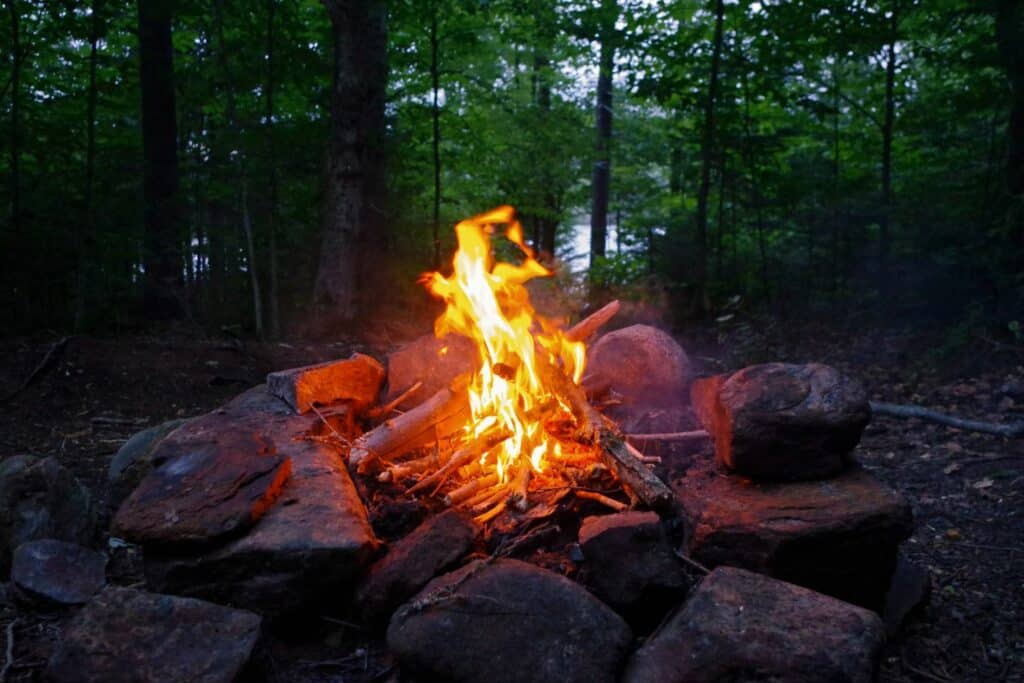
11 Tips for Sleeping Outside Without a Sleeping Bag
The following are some important tips to keep in mind when camping without a sleeping bag. While you’re still going to have to figure things out on your own, this is a good start.
Check the Weather Before You Go
You need to check the weather forecast before any camping trip, but if you’re going without shelter, any chance of rain is trouble. You can experience hypothermia in the summer, so it’s a risk you really don’t want to take.
Build a Fire
The best way to keep bugs and wildlife away from you while you’re tentless is to start a fire (a badass skill worth learning). The smoke will disorient bugs like mosquitoes and gnats while also sending a warning signal to animals. Make sure to build it safely, in a designated fire ring, using only wood you have the right to take.
Bring Warm Clothes
You’re not going to have the benefit of the heat retention a tent offers, so sleeping without a tent can feel a little chilly. Bring extra warm socks, sweatpants, and a sweatshirt to keep you warm, even if you’re camping in the summer. For colder temperatures, upgrade your stuff to wool base layers and socks, and even consider a warm hat to sleep in. Extra layers are always a help.
Big Agnes Insulated Air Core Ultra Pad

I’m a huge fan of Big Anges camping gear, and the Insulated Air Core Ultra sleeping pad is perfect for camping without a tent.
Use a Camping Sleeping Pad
In my opinion, sleeping outdoors without a camping sleeping pad is ill-advised. I’d rather have a thin layer of foam and air between my butt and the ground, both for moisture resistance, comfort, and and extra protection barrier between myself and some creepy crawlies.
Load Up on Bug Spray
You already know that most of the methods for tentless camping offer zero bug protection (what you wouldn’t do for a bug net, I’m sure). Load up on bug spray and give yourself a douse before bed. You might even consider setting a timer on your watch to wake up and apply more throughout the night.
Roll Up Your Bag Every Morning
Even if you’re not switching campsites, make sure to roll up your sleeping bag every night. You don’t want bugs or critters crawling in there during the day, only to cuddle up with you when you put your feet in there at night. No sir. Roll it up.
Use a Tarp on the Ground
You really don’t want your gear getting wet, and the best way to prevent that is to place your pad and bag on top of a tarp. Tarps are waterproof (or water resistant) which means they won’t wick up ground water and transfer it to your other gear.
Stash Food Away from the Campsite
This is the most common piece of camping advice, but store your food away from the campsite to prevent wildlife from getting brave. We’ll detail a method for keeping your food safe in an upcoming article, but for now, leave it in the car or hang it some place high off the ground.
Stay Away from Tall Grasses
Don’t set your campsite up in tall grasses. While the grasses may offer a soft bed, they also harbor animals, ticks, insects, and other things you didn’t invite on your camping trip.
Don’t Set Your Bag Up Too Early
Set up your bag right before bed. Hopefully, it’s retained some heat from the sun and, if you set it up too early, you’ll let that heat out. Also, if you set your bag up too early, you may be inviting pests and animals inside.
Invest in a Good Sleeping Bag
Most importantly, invest in a good sleeping bag. Your bag should be breathable but waterproof, insulate far below the temperatures you expect to experience, and offer enough padding to be comfortable. If you’re bringing a partner, buy a larger sleeping bag so you can share and retain more body heat.
Big Agnes SideWinder
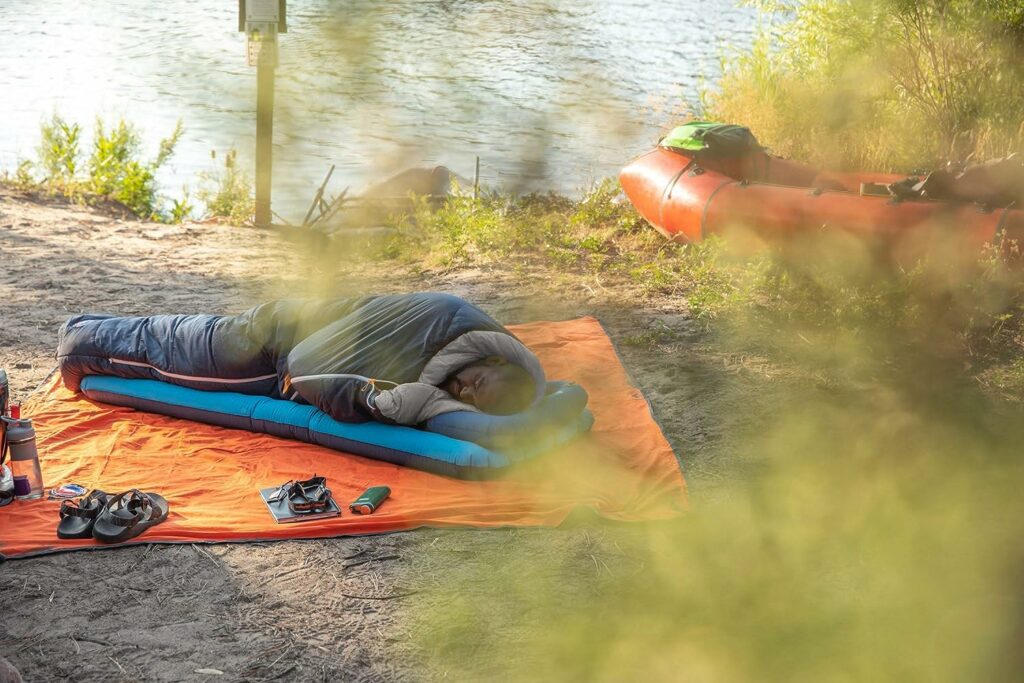
After years of using Coleman bags (which are great), I moved on. Now, I have the Big Anges SideWinder in the 20-degree variant. I strongly suggest it.
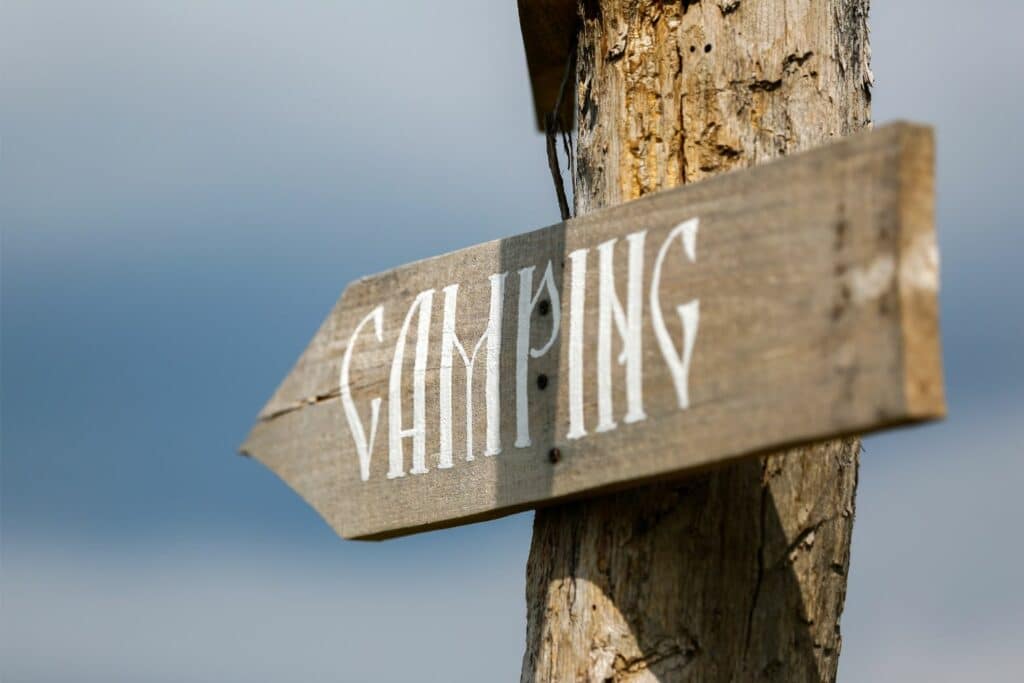
How To Pick a Campsite for Camping Without a Tent
The last thing you need to know before hitting a campsite without a tent is how to choose that campsite. The following steps are perfect, but they do require you to find your site during the day, even if you aren’t ready to hit the bivy sack just yet.
Choose Flat Ground
Choose a relatively flat site. This ensures you don’t accidentally roll away at night, that your items stay put, and that if it rains, your site doesn’t become a mudslide. Flat ground is also more comfortable, especially if you make sure there aren’t any rocks or roots to keep you up at night.
Stay Away from Water
Make sure to stay at least 200 feet from any water sources like lakes or ponds. Flooding can happen, and if these water sources overfill, they can wash your gear out in a hurry.
Head to Higher Ground
For the same reason as staying away from water, you want to make sure you stay dry. Head to higher ground like a hilltop. You won’t have to worry about your site becoming a puddle with a bit of rain.
Check for Dangerous Branches
If there are trees around your site, give them a quick look to ensure that there aren’t any deadly branches hanging above your site. A bit of wind could shake a broken branch loose, and even if you had a tent, that could spell disaster.
Use Natural Windbreaks
While being on top of a hill might sound windy (it is), you can hedge your bets by finding natural windbreaks like large boulders, logs, and other items. Set your site up next to these items to keep the wind from freezing you out. You might also find that these objects retain some of the sun’s heat from the day, depending on the weather.
Inspect Your Surroundings During the Day
Make sure to look around your site during the day. You want to identify any potential hazards like cliffs, holes, or rocks that could be dangerous in the middle of the night, flashlight or not.
Let Me Know What You Think
Is that enough background to get you out there in your bivvy sack this summer? Let me know in the comments below. And if you love this type of content, consider signing up for my mailing list below so you don’t miss any fresh content. We’re hitting it hard over the next few months, don’t miss out!

Enjoying learning about badass skills? What about reviews on products men actually use? Or just generally learning how to be a more useful man? THEN JOIN THE TGA MAILING LIST! Weekly content sent directly to your email address so you don’t miss any of the fresh content and useful advice we’re producing. Sign up below!
FAQs about going camping without a tent
With those tips, you should be ready to camp without your tent. But, there might still be some questions to consider. The following are some of the most frequently asked questions about camping without a tent.
Is it okay to camp without a tent?
Yes, you can camp without a tent. Just be prepared by having a quality sleeping bag, at least a camping pad, and plenty of bug spray.
What is Camping Without a Tent Called?
Camping without a tent is often called bivouacking. The bivouac is a shell that a sleeping bag can slide into, helping to waterproof the bag and retain a bit of body heat.
How Do You Sleep in the Wild Without a Tent?
You need to pick the right side free of hazards like branches and nearby water, while also picking flat ground without roots or rocks. Also, inspect the site during the day to ensure there aren’t any cliffs or holes around the site to ensure that you’re safe.
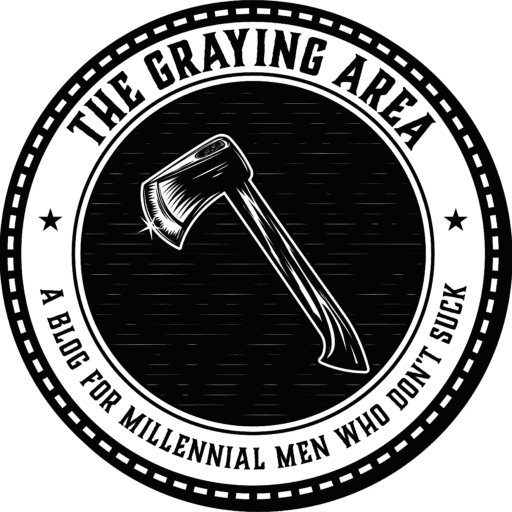
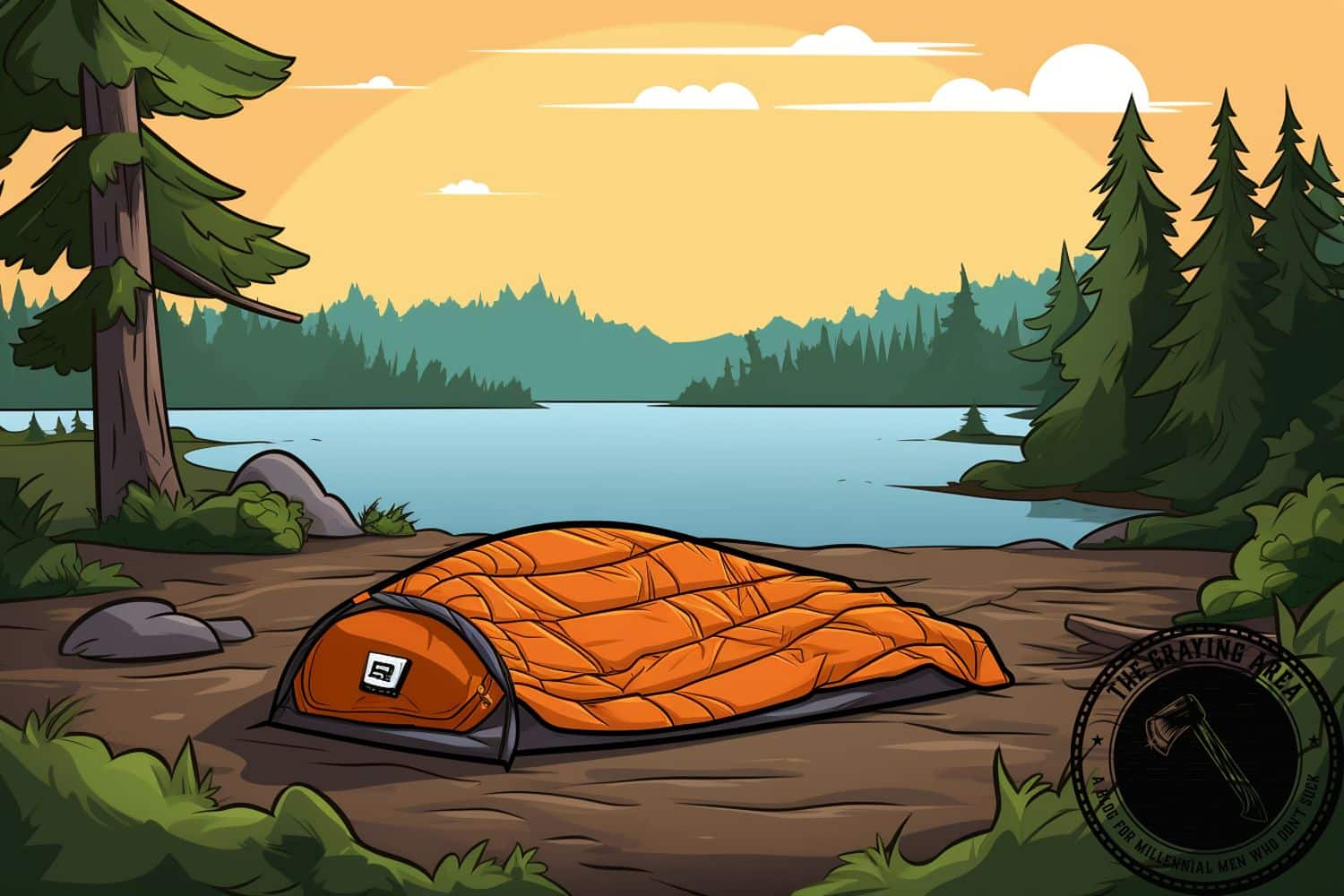



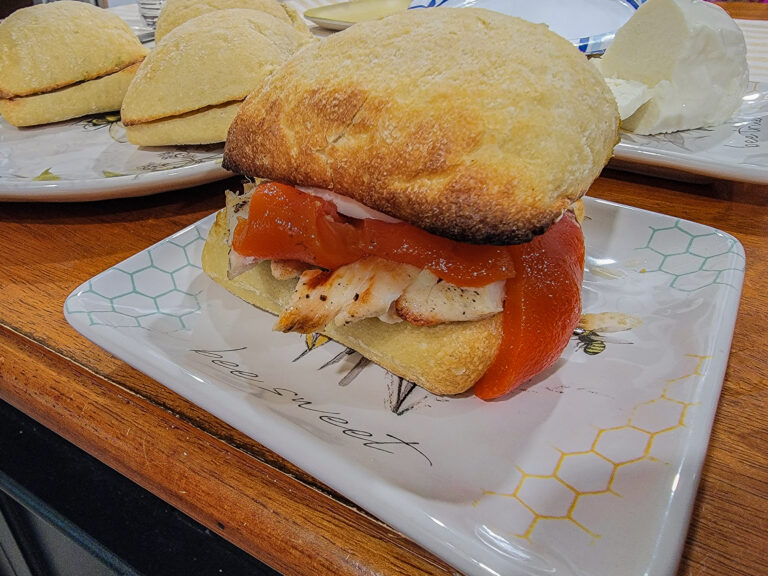

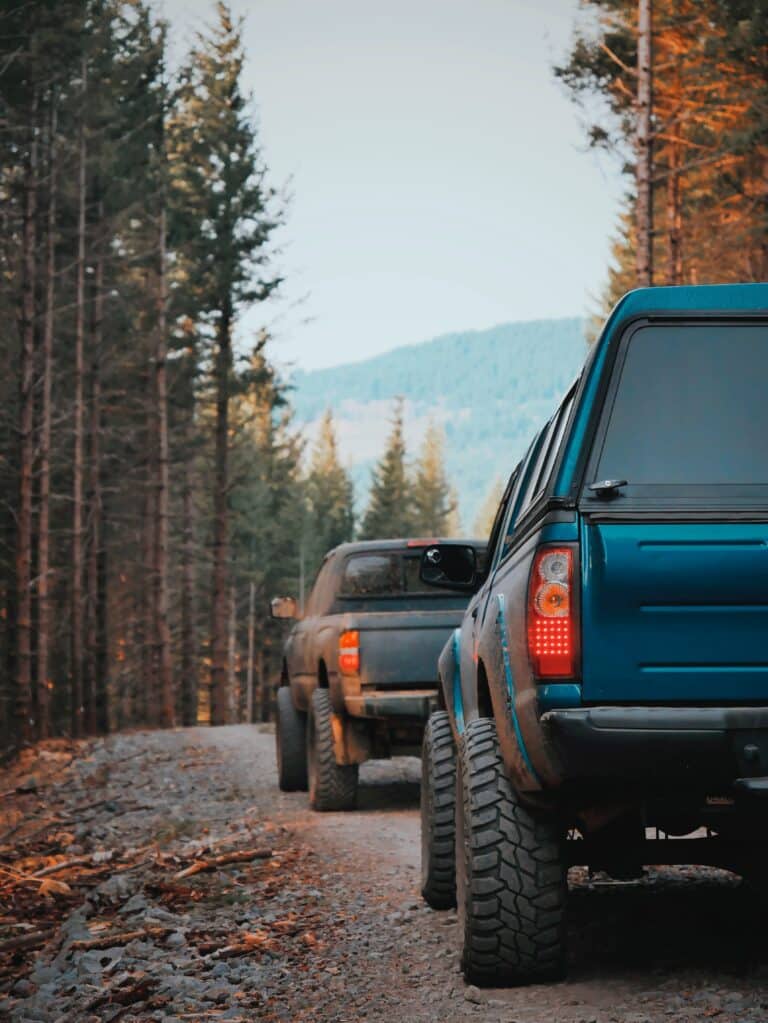
Great article Tom. One note about hammock camping – I put my sleeping pad inside the hammock. Keeps my back nice and toasty. There are also hammocks that have a sleeve to fit a pad.
Thanks, Howard! That’s a really good point and if you don’t mind, I’ll add it to the article. Thanks!